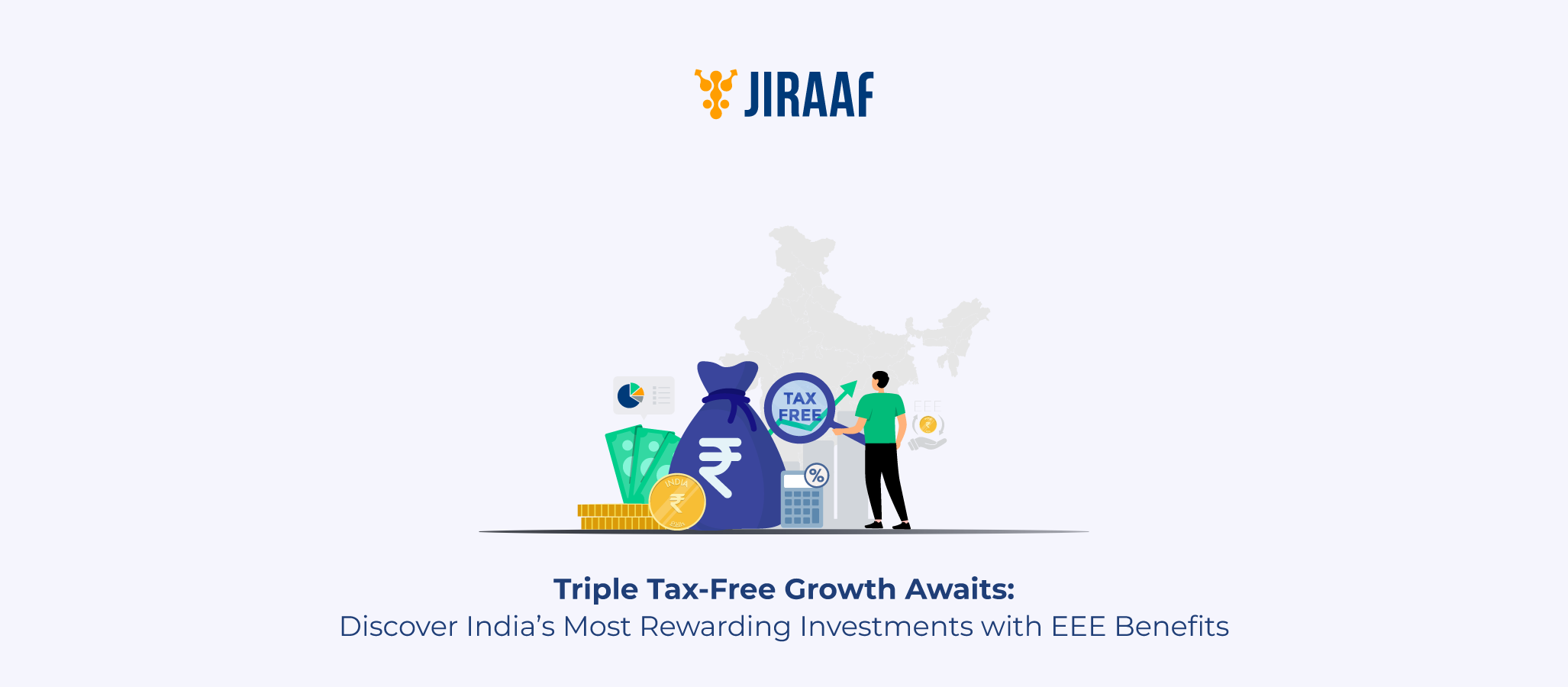When you invest in shares, you get more than the ownership and profits of the company; you also get the responsibility of paying taxes on those profits, which come to you in the form of dividends.
If you’re an investor earning dividend income or a company distributing profits, the way dividends are taxed has a direct impact on your finances. With several changes introduced over the years, including the removal of Dividend Distribution Tax (DDT) and the introduction of Tax Deducted at Source (TDS) on dividends, it’s time to make sense of who owes what to the government.
In this guide, you’ll explore everything you need to know about dividend taxation in India—who pays what, how much, and how you can plan your taxes more efficiently.
What Is Dividend Income?
Dividends are a portion of a company’s earnings distributed to shareholders as a reward for investing in its equity. It’s typically paid out of post-tax profits and is a passive income stream for investors.
Types of Dividends
- Interim Dividend: Paid before the financial year ends, based on projected profits.
- Final Dividend: Declared at the end of the financial year after approval by shareholders.
- Special Dividend: One-time payments due to extraordinary profits or events.
Unlike capital gains, which are realized when you sell your investments, dividends are received while you still hold your shares. And yes, they’re very much taxable in India.
A Look Back at the Dividend Distribution Tax (DDT)
Before FY 2020–21, India followed a unique approach: the Dividend Distribution Tax regime, where companies paid tax before distributing dividends. Here’s what that looked like:
- Domestic companies paid DDT at 15% (effective rate ~20.56% including surcharge and cess).
- Mutual funds paid DDT on dividends from schemes—25% for debt funds and 10% for equity funds.
- Shareholders received dividends tax-free, except in special cases under Section 115BBDA (for dividends exceeding ₹10 lakh for individuals/HUFs).
Why Was DDT Removed?
The system created double taxation. Companies paid corporate tax, then DDT, while high-income investors still faced additional tax. To make the tax system more equitable and investor-friendly, the Finance Act 2020 abolished DDT and shifted the tax burden to the investor.
Current Taxation of Dividends in India (Post 2020)
From April 1, 2020, all dividends are taxed in the hands of shareholders at applicable income tax slab rates. This applies to:
- Dividends from domestic companies
- Mutual fund dividends
- Dividends from foreign companies (with separate TDS rules)
No matter how much or how little you earn, it now forms part of your gross total income under “Income from Other Sources”.
Rules and Thresholds of TDS on Dividend Income
To ensure tax compliance, companies and mutual funds are required to deduct TDS before distributing dividends.
For Residents
- 10% TDS on dividend payouts above ₹10,000 annually from one source (Section 194). (This threshold was increased from ₹5,000 to ₹10,000 as per Budget 2024, effective from FY 2024–25.)
- If PAN is not updated, TDS is deducted at 20%.
For Non- Resident Indians (NRIs)
- TDS is deducted at 20% (plus surcharge and cess), subject to DTAA.
TDS Compliance Tips
- Submit Form 15G/15H if your total income is below the taxable limit.
- Always verify TDS in Form 26AS and reconcile it while filing your return.
How to Report Dividend Income in ITR
You need to report dividends under “Income from Other Sources” in your ITR. For salaried individuals with no business income, ITR-1 or ITR-2 is generally applicable.
Where to Declare
- In ITR-1: “Income from Other Sources” section
- In ITR-2: Schedule OS (Other Sources)
Advance Tax Liability
If your total dividend income exceeds ₹10,000, you may need to pay advance tax. Missing deadlines attracts interest under Sections 234B and 234C.
Dividend Taxation for Companies vs Individuals
Let’s break down how dividend taxation works for different taxpayers.
| Taxpayer Type | Tax Treatment |
| Resident Individuals | Taxed at slab rate; TDS applicable above ₹10,000 per source |
| HUFs | Taxed at slab rate |
| Domestic Companies | Dividend income taxed under normal provisions |
| Non-Resident Individuals | TDS at 20% (DTAA may apply); credit available via Form 67 |
For example, if you’re in the 30% tax slab and receive ₹1 lakh as dividend income, your tax liability could be ₹30,000 (less TDS already deducted).
Foreign Dividends and Double Taxation Relief
Foreign dividends are fully taxable in India at your applicable slab rate. If tax has been paid in the country of origin, you can claim Foreign Tax Credit (FTC) using Form 67 under the Double Taxation Avoidance Agreement (DTAA).
Example:
If you receive $500 from a US company and pay 15% tax in the US, you can claim that credit while filing your Indian ITR, provided you’ve submitted Form 67 before the due date.
Dividend Taxation for Mutual Fund Investors
Earlier, mutual fund investors enjoyed tax-free dividends (fund houses paid DDT). But now:
- Dividends are added to total income and taxed at slab rates.
- TDS of 10% is applicable for resident investors if the dividend exceeds ₹10,000 per scheme per financial year. (This threshold was increased from ₹5,000 to ₹10,000 as per Budget 2024, effective from FY 2024–25.)
That’s why many investors are now shifting to growth plans, where no tax is triggered until redemption.
Key Tax Planning Tips Around Dividend Income
Here’s how you can reduce your tax liability smartly:
| Tax Tip | Why It Works |
| Choose growth over dividend plans | Delays tax until sale and may get LTCG benefits |
| Split investments across family members | Use lower tax slabs to reduce overall liability |
| Time dividend payouts wisely | Spread across FY to avoid crossing tax thresholds |
| Track TDS and file Form 15G/15H if needed | Avoid unnecessary deductions if income is below taxable limit |
| Claim FTC on foreign income | Prevent double taxation on global dividends |
Common Mistakes to Avoid in Dividend Tax Filing
| Mistake | How to Avoid It |
| Not reporting dividend income | Use AIS or Form 26AS to verify all income sources |
| Ignoring TDS already deducted | Reconcile Form 26AS while filing returns |
| Missing advance tax payments | Estimate dividend income and pay in quarterly installments |
| Forgetting to include mutual fund dividends | Check your demat and fund house statements |
| Not filing Form 67 for foreign dividend | Without this, you lose FTC eligibility |
Conclusion: Smarter Approach to Dividend Income
Dividend income can be a steady passive stream, but it needs proactive tax handling. Now that the burden has shifted from companies to you, staying compliant and strategic can help you optimize your returns.
Instead of viewing dividend taxation as a drawback, use it as an opportunity to re-evaluate your investment choices, diversify smartly, and reduce tax leakage. And remember, tax planning is just as important as wealth building.
FAQs
Are dividends still tax-free in India?
No, from FY 2020–21 onwards, all dividends are taxable in the hands of shareholders at applicable slab rates.
How much dividend income is tax-free?
There’s no specific exemption limit. However, TDS is not deducted if total dividends from a company/MF are under ₹10,000 per year (from FY 2024–25 onwards; previously ₹5,000).
Is TDS applicable on mutual fund dividends?
Yes, fund houses deduct 10% TDS if the dividend exceeds ₹10,000 from one scheme in a financial year (from FY 2024–25 onwards; previously ₹5,000).
How do I avoid double taxation on foreign dividends?
You can claim credit for tax paid abroad under DTAA by filing Form 67 along with your ITR.
Where do I report dividend income in ITR?
You can report dividend income in ITRs 1 or 2 under “Income from Other Sources.” Also ensure that it’s reconciled with Form 26AS and AIS.
Discover fixed income investments with Jiraaf, a SEBI registered online bonds platform that educates and brings access to a wide array of bonds. Sign up today to explore diversified fixed income investment opportunities to support your goal-based wealth creation journey. Start investing!



